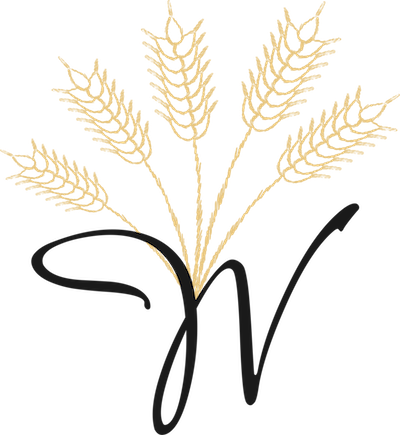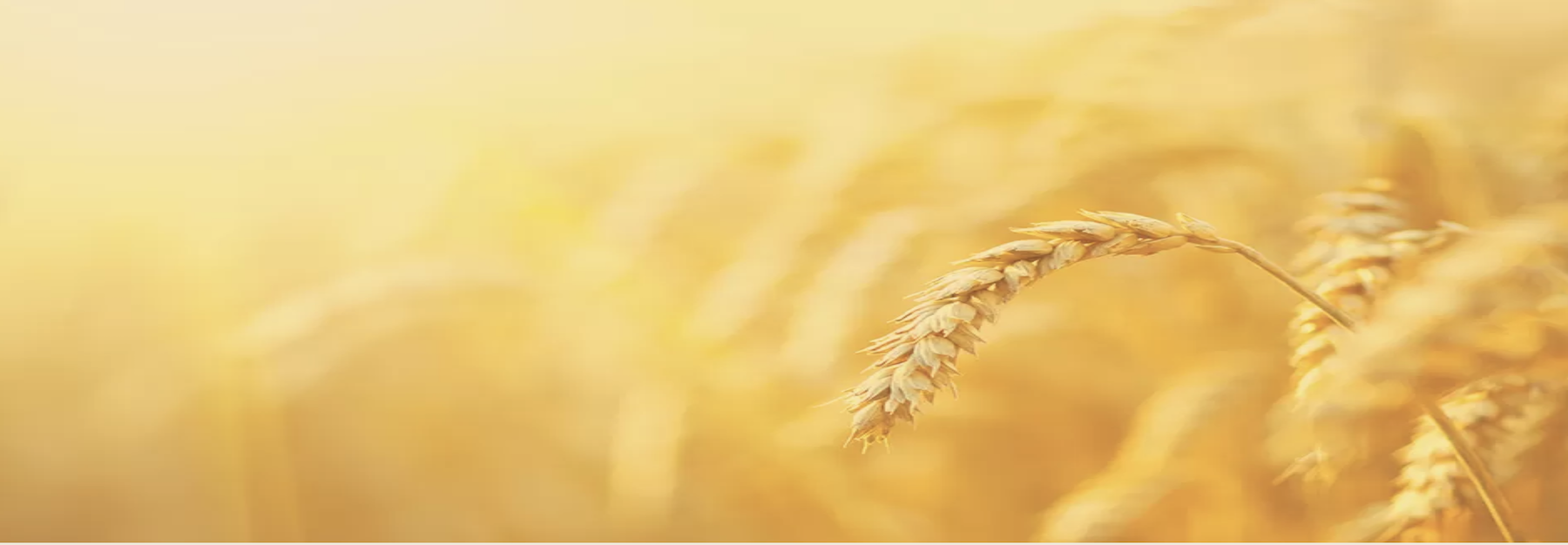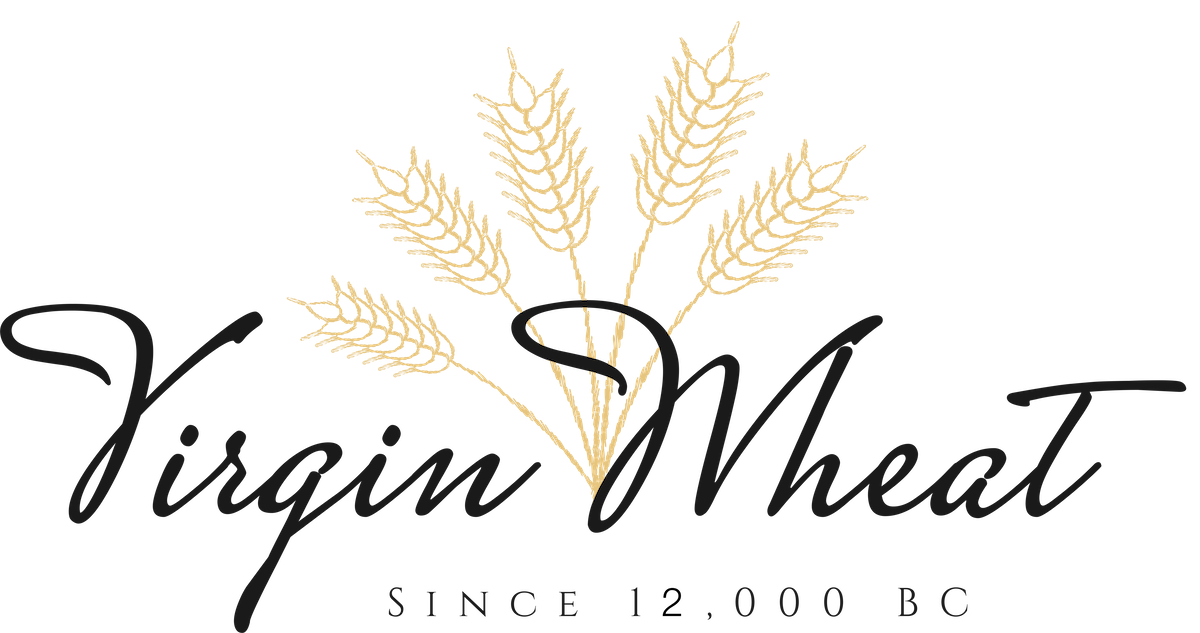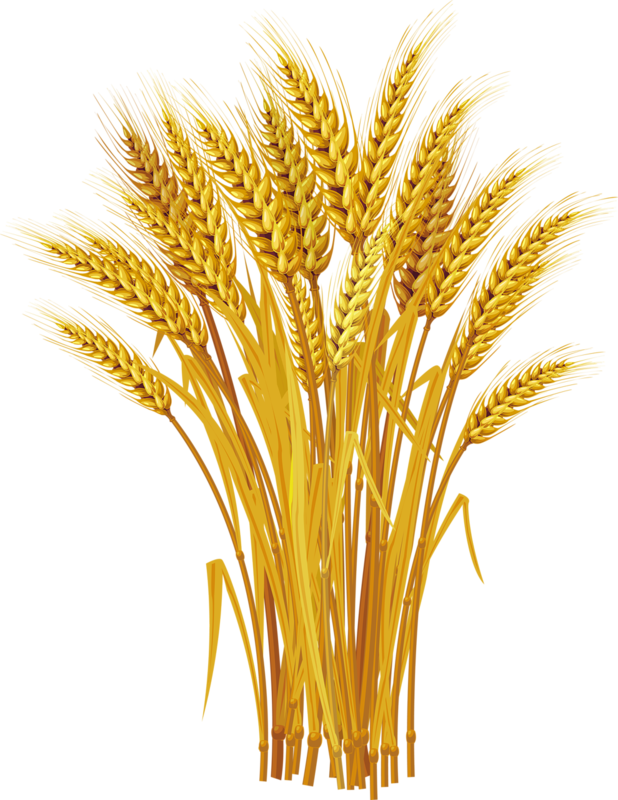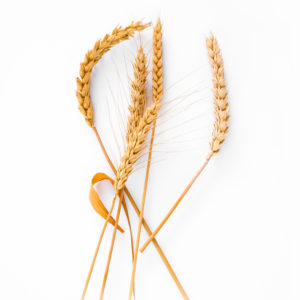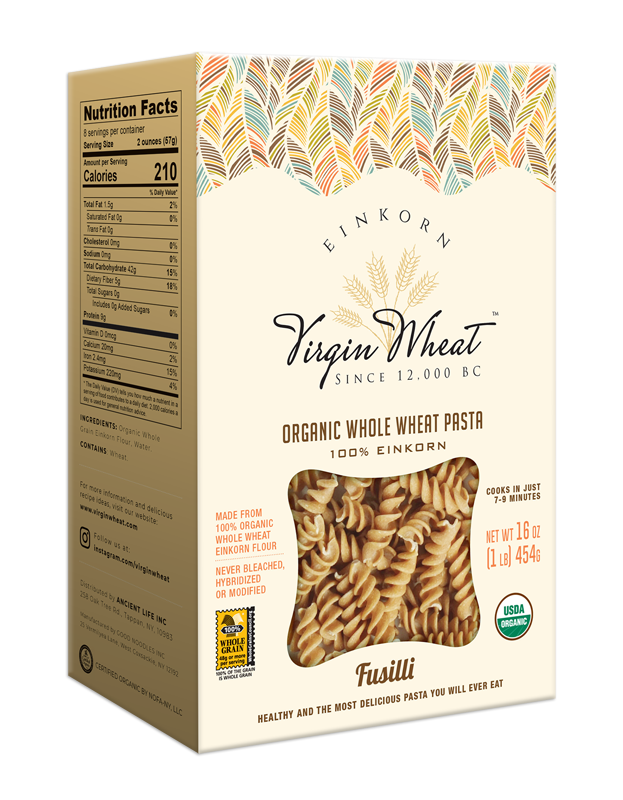What is Virgin Wheat?
Original Ancient Wheat, Never Hybridized or Modified, Pure as It Was in 12,000 BC
Virgin Wheat, also called Einkorn, is the first wheat ever cultivated by humans, thousands of years ago. It is the original and utterly pure form of wheat known today as pure and without hybridization or genetic modification as it was 12,000 years ago.
Virgin Wheat was processed widely in ancient times and found in archeological digs from Gobekli Tepe, at the Karacadag Mountains foot, which changed life forever. This was the time of the change from people being hunter-gatherers to farmers.
This cereal grain is about the size of a rice grain, much smaller than modern wheat, but looks similar to the larger grains. It is easy to cook and is a delectable addition to any baking or cooking recipe.
